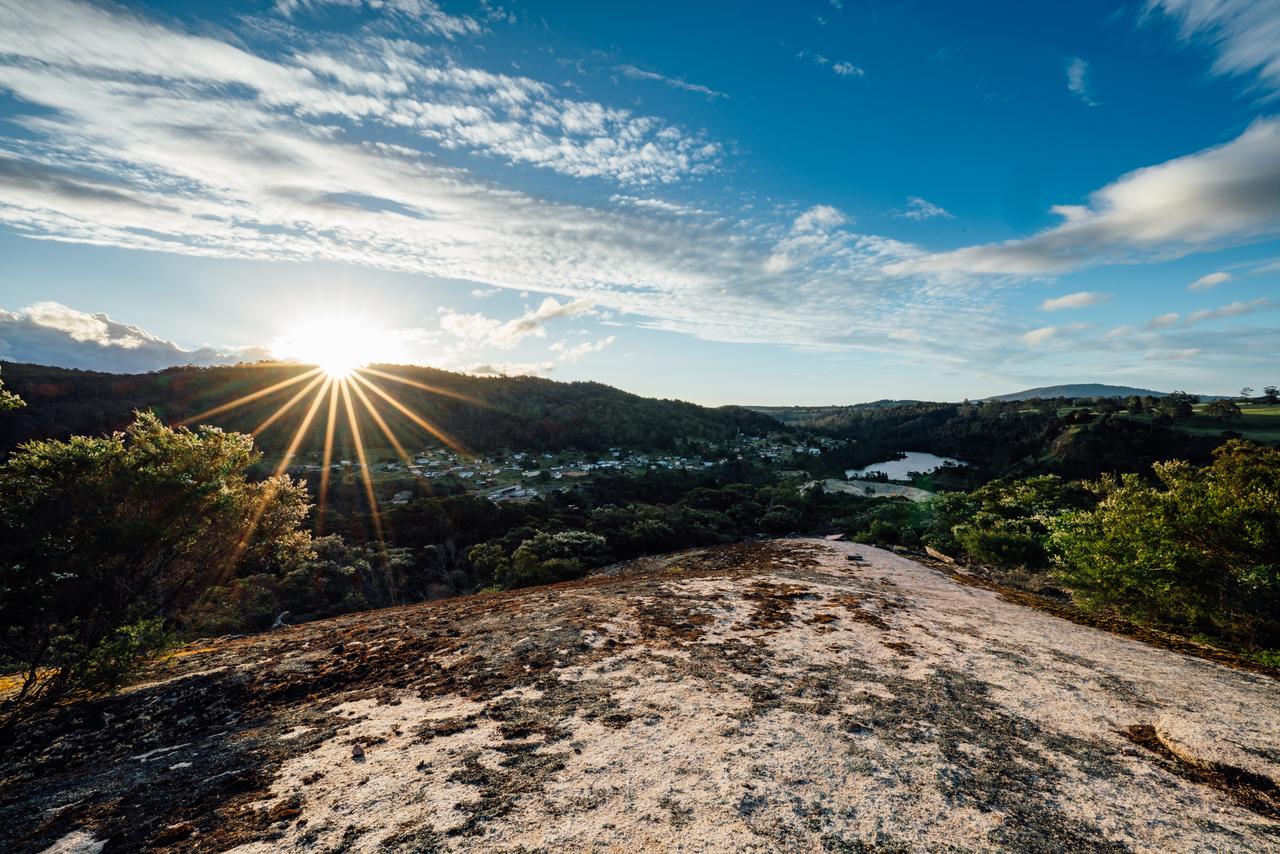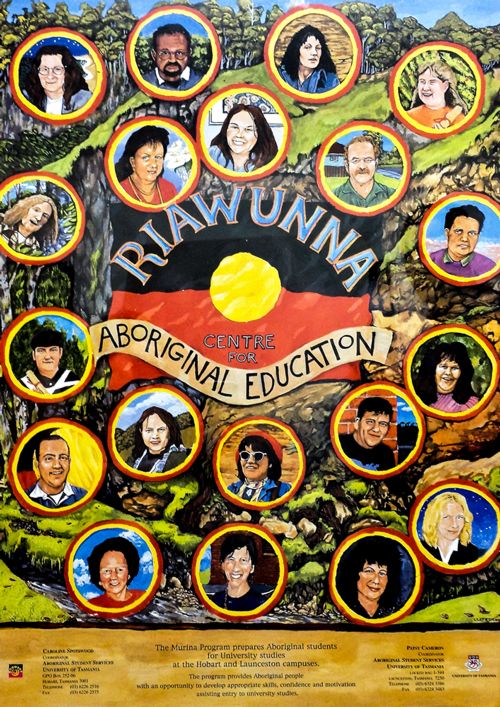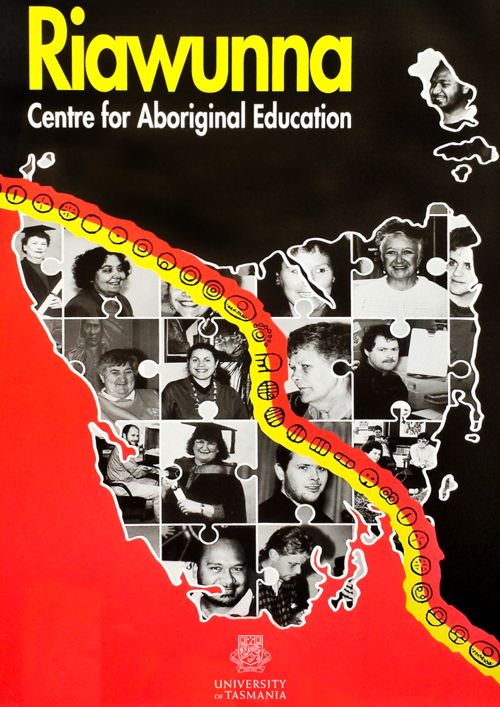Acknowledgement of Country
We acknowledge the Palawa/Pakana and Gadigal people, the Traditional Custodians of the land upon which we live and work. We honour their enduring culture and knowledges as vital to the self-determination, wellbeing and resilience of their communities.
Our strategy
The University of Tasmania's Strategic Plan for Aboriginal Engagement (SPAE) was originally developed in 2017 with extensive guidance from an Aboriginal community steering group. During 2020, a systematic review of the Plan was undertaken to measure performance outcomes and identify opportunities for improvement. The 2021-2024 iteration of the SPAE (PDF 5.3MB) maintains the highly successful framework of the original document, ensuring a consistent vision and approach to the delivery of Indigenous student services and a range of higher education initiatives across the University.
- Our Plan enacts the University's commitment to revitalise and embed its relationship with Indigenous people, communities, culture and knowledges from across Australia.
- The Plan aims to positively impact Aboriginal engagement, enrolment, academic success, research, cultural awareness and safety, employment, and governance.
- Implementation of the Plan is a shared responsibility of Colleges, Schools and Divisions across the University and is led by the Office of the Pro Vice-Chancellor, Aboriginal Leadership, with the support of the Riawunna Centre.
- Strong Aboriginal engagement contributes significantly to the breadth of the University's social, intellectual and cultural diversity.
Aligning with the University of Tasmania Strategic Plan 2019-2024 (PDF 2.5 MB), and the University of Tasmania Aboriginal Employment Plan 2021-2024 (PDF 1.9 MB), the 2021-2024 SPAE contributes to the acknowledgement and respect of our deep Aboriginal history, diverse knowledges and enduring presence to the University's distinctive sense of place and belonging. The Plan is essential in focusing the teaching, learning and research capability of the University of Tasmania on developing Aboriginal social, cultural, intellectual and economic capacity in Tasmania and across Australia. By guiding the development of Action Plans across our University portfolios, the SPAE will embed Aboriginal student and community success as core business for the University of Tasmania.
Our vision and goals
Our vision for Aboriginal engagement at the University of Tasmania is to:
- Shape the University of Tasmania so that our institution is welcoming, respectful, formative and supportive of Aboriginal and Torres Strait Islander students. We will do this through continual improvement of Aboriginal community engagement, student recruitment, retention and success;
- Mature the University’s capability to recognise, represent and desegregate Indigenous cultures, knowledges and communities across teaching and learning, curricula, research and governance, to become intrinsic to our programs and facilities;
- Provide all staff and students with meaningful connections to Indigenous peoples, cultures, knowledges and communities. We will do this to enable understanding of and respect for Indigeneity and Indigenous lifeworlds as essential to the values and experience of our University community.
The University will accomplish these outcomes through actions guided by several key principles:
Palawa/Pakana-centred
As a place-based university, our focus is on outreach and support for Aboriginal and Torres Strait Islander people to realise their personal and community aspirations.
Collaborative
The success of Aboriginal business at the University of Tasmania is the product of collaborative engagement of Aboriginal and Torres Strait Islander staff with colleagues who bring their own diverse knowledges, experiences and cultures to the challenge of our strategic goals.
Support and teaching
As a smaller institution, students at the University of Tasmania have greater opportunity to access and build relationships with teaching and professional staff over the years of their studies. Sustained and personalised care and learning is critical to the retention and success of Aboriginal and Torres Strait Islander Students.
A model for innovation and success
The programs and initiatives of the University of Tasmania stand as national and international models for innovation; to recognise and value Indigenous cultures and knowledges, and to make the livelihood and wellbeing of Indigenous peoples a central concern.


